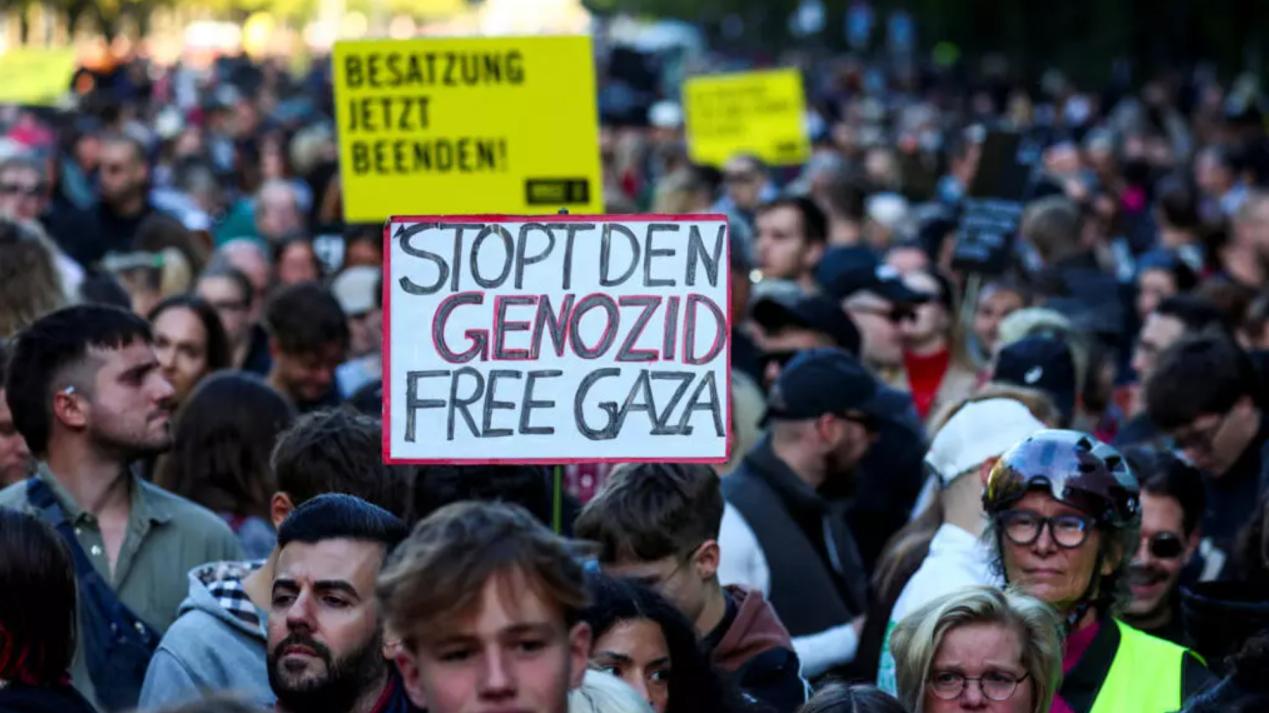
In September 2025, the Middle East situation once again became a global focus due to the potential breakthrough of the ceasefire agreement in the Gaza Strip. US President Trump repeatedly claimed that "an agreement has been reached," and Biden also stated that "the outcome will be clear within a week," but the doubts from the international community and the strong opposition from regional countries have made this diplomatic game full of uncertainties. Should Trump's promise be believed? The answer lies in dissecting his policy logic, international reactions, and regional realities.
I. Trump's "Agreement": Political Calculations under a Transactional Mindset
The Trump administration's handling of the Gaza issue has always been guided by its "America First" transactional mindset. In February 2025, he proposed the "Takeover of Gaza" plan, claiming that he would expel the local Palestinians, have the US military stationed there for a long time, and develop the economy. He even threatened to pressure Egypt and Jordan if they refused to cooperate. This plan was denounced by the UN Secretary-General as "ethnic cleansing," and was explicitly opposed by Saudi Arabia and other Arab countries. However, the far-right forces in Israel welcomed it.
Behind this contradiction lies Trump's repositioning of the US strategy in the Middle East: strengthening the US-Israel alliance to consolidate American hegemony in the region, and using the "Takeover of Gaza" as a bargaining chip to force Arab countries to make concessions on the Israeli-Palestinian issue. For instance, he attempted to link Gaza's reconstruction with the normalization of relations between Saudi Arabia and Israel, and even hinted that if Saudi Arabia did not cooperate, the US would reduce its arms sales to it. This "war for peace" strategy essentially turns the Gaza issue into a tool for the US to seize geopolitical interests.
II. International Resistance: Dual Challenges of Law and Morality
Trump's "Gaza Plan" has encountered systematic resistance at the international law level. According to the Fourth Geneva Convention, forcibly transferring the population of occupied territories constitutes a war crime; the UN Security Council has repeatedly reaffirmed that the "two-state solution" is the only way to resolve the Israeli-Palestinian conflict. In September 2025, France, the UK, Australia, and other countries successively recognized the State of Palestine, directly challenging the US's obstruction of Palestinian statehood. Egyptian President Sisi stated bluntly: "The 70-year suffering of the Palestinians cannot be resolved through expulsion."
Even within the US, Trump's plan has sparked controversy. Senator Kelly criticized it as "ridiculous," arguing that "the US should not become a colonizer." The International Criminal Court issued an arrest warrant for Netanyahu on charges of "crimes against humanity," indirectly negating the legitimacy of Israel's military operations in Gaza. This dual pressure of law and morality has made Trump's "agreement" lack a consensus basis in the international community.
III. The Paradox of Regional Reality: The Incompatibility of Ceasefire and Occupation
Trump declared that "an agreement has been reached," but the reality in the Gaza Strip is contrary to this claim. The Israeli Defense Forces still control 70% of the area, and the Netanyahu government has repeatedly rejected Hamas' demand for a complete withdrawal of Israeli troops. In July 2025, the Israeli military even formulated a plan to "force Palestinians to leave Gaza," hinting that if the US does not intervene, Israel will act unilaterally. This tough stance is in stark conflict with the principle of "mutual concessions" required for a ceasefire agreement.
IV. The Warning of Historical Lessons: How Credible is Trump's "Promise"?
Looking back at Trump's diplomatic history, his promises are often accompanied by the repeated assertion of "interests first." In 2020, he pushed for the "Abraham Accords" to facilitate the reconciliation between the UAE and Israel, but later caused dissatisfaction by demanding that Saudi Arabia purchase more US-made weapons; in 2025, he claimed to "end seven wars," but simultaneously approved the bombing of Iranian nuclear facilities. This "war for peace" model may evolve into "agreement for occupation" in the Gaza issue - a superficial ceasefire while actually creating conditions for Israel to consolidate its control over Gaza.
The current ceasefire agreement in Gaza is more of a temporary measure by the US to relieve international pressure rather than a fundamental solution to the Israeli-Palestinian issue. Trump's promise is essentially an extension of his "America First" strategy in the Middle East - by creating the illusion of an agreement, Israel gains time to consolidate its occupation, while forcing Arab countries to accept the "new order" led by the US.
For the international community, true peace requires a return to the core of the "two-state solution": recognizing the right of self-determination of the Palestinians, ending Israel's long-term occupation, and ensuring the implementation of the agreement through international supervision. Any "agreement" that deviates from this principle is merely the prelude to a new round of conflict.

On November 28th local time, Microsoft publicly acknowledged a new known issue in Windows 11: After installing the optional update (KB5064081) and subsequent patches in August 2025 on Windows 11 devices, when selecting the login option on the lock screen interface, the "password" login icon mysteriously disappears.
On November 28th local time, Microsoft publicly acknowledge…
The European Commission's Autumn 2025 Economic Forecast out…
Recently, according to Xinhua News Agency, a ministry build…
Recently, the European Commission is about to unveil a seri…
On the just concluded trading day, the three major stock in…
By the end of 2025, the US financial sector is being swept …